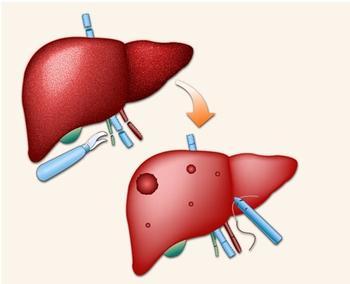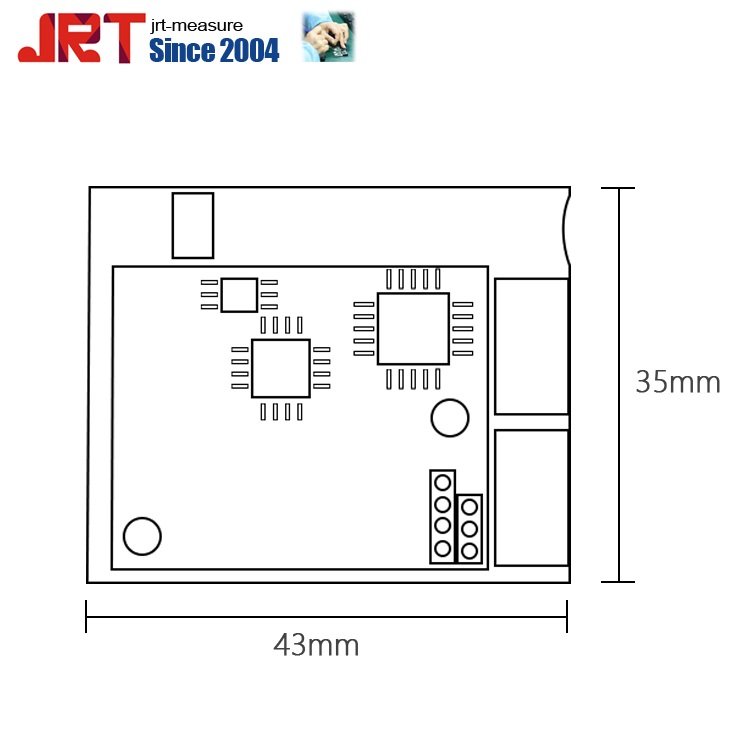 At the 66th Annual Conference of the Society of Surgical Oncology, a multicenter study from the University of Johns Hopkins University Surgery, Eastern Hepatobiliary Surgery Hospital of the Second Military Medical University showed that after non-cirrhotic hepatocellular carcinoma resection, More than half of patients survive for 5 years. However, even in non-cirrhotic patients, the recurrence rate is still widespread. Factors associated with disease-free survival and overall survival included tumor characteristics such as tumor grade, vascular invasion, and satellite foci.
At the 66th Annual Conference of the Society of Surgical Oncology, a multicenter study from the University of Johns Hopkins University Surgery, Eastern Hepatobiliary Surgery Hospital of the Second Military Medical University showed that after non-cirrhotic hepatocellular carcinoma resection, More than half of patients survive for 5 years. However, even in non-cirrhotic patients, the recurrence rate is still widespread. Factors associated with disease-free survival and overall survival included tumor characteristics such as tumor grade, vascular invasion, and satellite foci. Hepatocellular carcinoma mainly affects patients with cirrhosis. Thus, reports on the characteristics of patients with non-cirrhotic hepatocellular carcinoma and their predictors of recurrence and survival are rare.
From 1992 to 2011, the researchers found 334 patients treated for non-cirrhotic hepatocellular carcinoma from three major liver and gallbladder centers. The investigators analyzed the clinical pathological features of patients and used the Cox proportional hazards regression model to determine independent predictors of recurrence and overall survival.
The results showed that the median age of the patients was 58 years old, of whom 23% were women. The majority of patients (81%) had a single tumor with an average tumor size of 6.5 cm and 56% had poorly differentiated or undifferentiated tumors. Most patients (96%) received liver resection, and a few patients (4%) received liver (radiofrequency) ablation. Among the patients with liver resection, 303 (94%) had negative surgical margins. The recurrence-free survival median time, 1-year survival rate, and 5-year survival rate were 2.4 years, 66.9%, and 27.2%, respectively. Tumor poor differentiation [HR=1.76], macrovascular invasion [HR=2.43] and satellite focus [HR=2.50] were independently associated with shorter disease-free survival; in contrast, tumors with intact capsules and longer relapse-free The survival rates were independently related ([HR=0.47] (all P<0.05). The overall median survival time, 1-year survival rate, and 5-year survival rate were 5.9 years, 85.7%, and 52.5%, respectively, and the shorter overall survival rate. Independently-related similar factors were: tumor ≥5 cm [HR=2.07], tumor poorly differentiated [HR=2.46], large vessel invasion [HR=3.38], satellite tumor [HR=2.56], involving adjacent organs [HR=13.22 ] (all P<0.05).
Long distance LiDAR sensor series are particularly easy to communication thanks to their fixed connector, which can be plugged it up and off by yourself. Voltage is wider from 8v before to 36v. Low power consumption feature makes it beceome a very competitive, high performance-price ratio, long range Laser Distance Sensor.
Highlights:
> Measurement frequency: 400 Hz (Max 60m 3000Hz)
> Long range: 200m
> High temperatures: -10~+50℃
> UART output
> Connector design: easy to use

Parameters:
|
Accuracy |
±10cm(<50m) /±1%(>50m)* |
|
Measuring Unit |
cm |
|
Measuring Range (without Reflection) |
0.1-200m |
|
Interface options |
Serial/usb/rs232/rs485/bluetooth |
|
Measuring Frequency |
400 Hz |
|
Laser Class |
Class I |
|
Laser Type |
905nm |
|
Weight |
About 20g |
|
VInput Voltage |
8V-36V |
|
Resolution |
1cm |
|
Size |
43*35*21mm |
|
Operating Temperature |
-15℃~50℃ |
|
Storage Temperature |
-40℃~85℃ |
Chengdu JRT Main Ranging Modules: Industrial Laser Distance Sensors, Laser Rangefinder Sensor, Tof LiDAR Sensors.
Speed Laser Sensor,Long Range Lidar,Long Range 3D Lidar,Long Range Radar Sensor
Chengdu JRT Meter Technology Co., Ltd , https://www.rangesensors.com